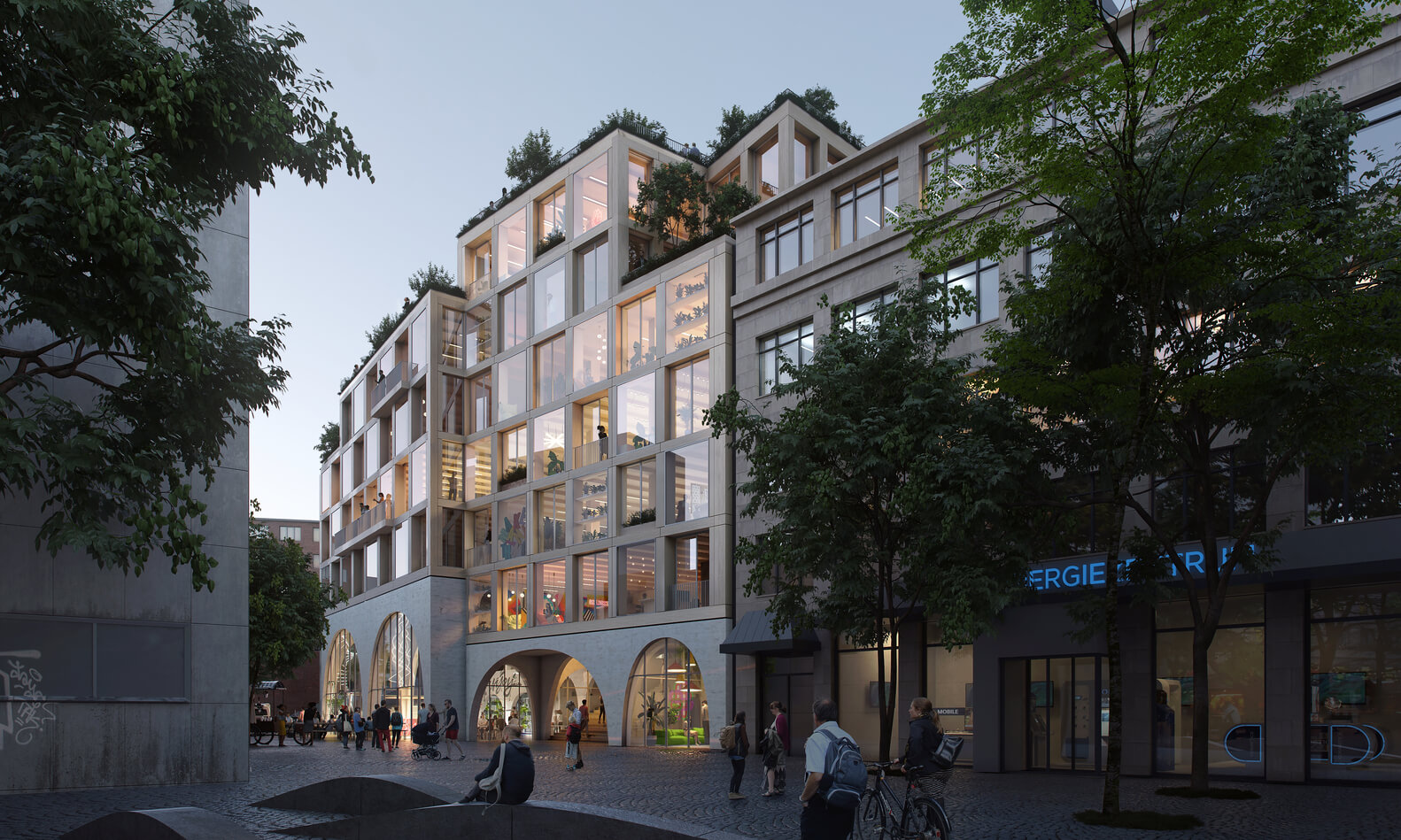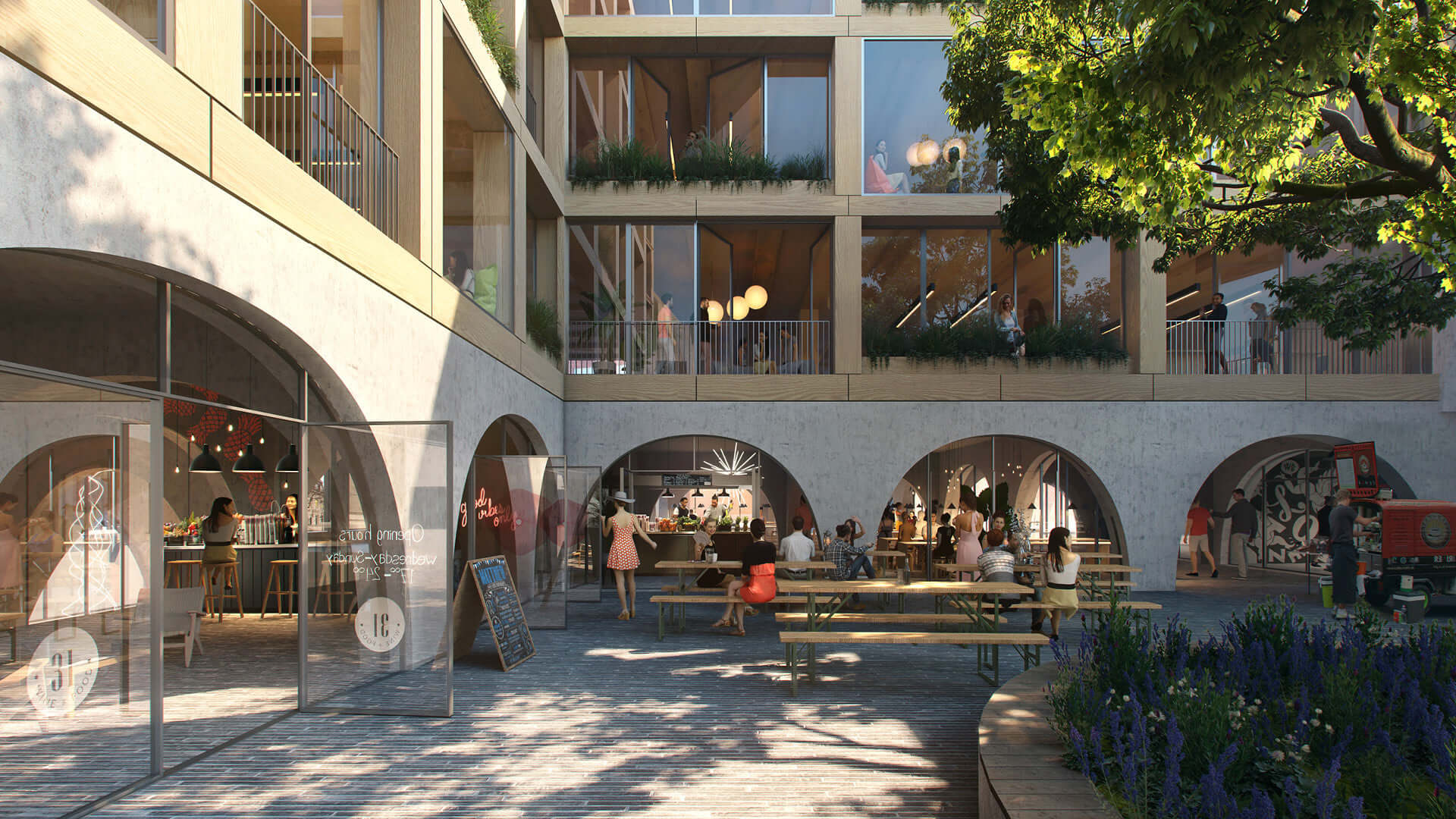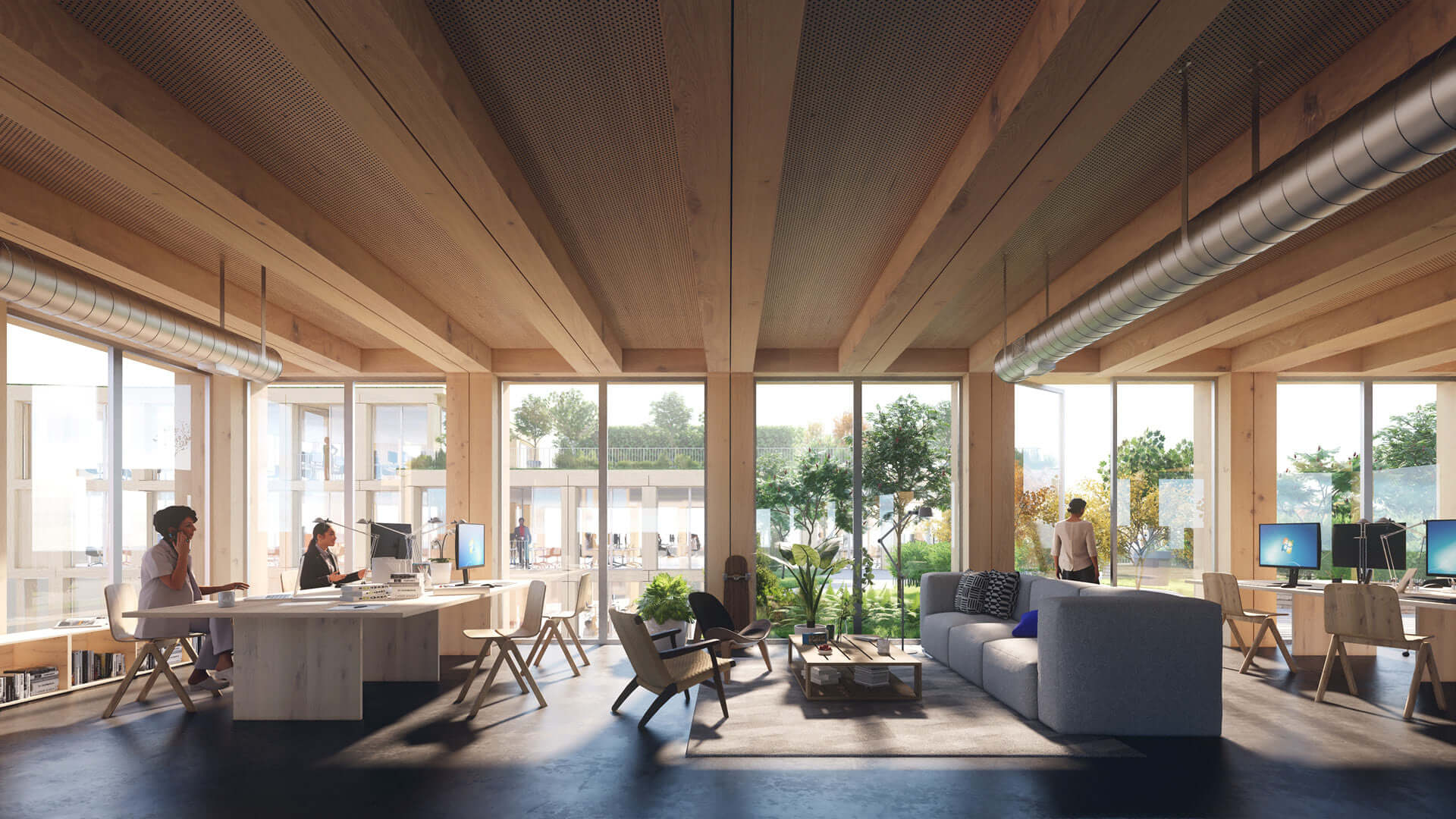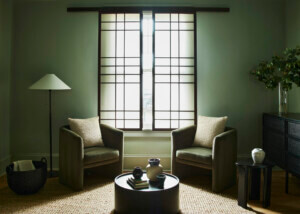For over 75 years, regional newspaper Kieler Nachrichten has left a significant mark on the bustling German port city of Kiel in the northern state of Schleswig-Holstein. In a recent effort to get ahead of the digitization trend in news media, the publisher decided to develop new headquarters in the center of the city that would reposition its physical presence as a trusted news source. They commissioned EFFEKT, a Copenhagen-based architecture firm, to design that headquarters as a mixed-use “living hub” using the structure of a former printing press sited between Kiel’s medieval buildings and its more modern developments.
At a time when major news sources are increasingly mistrusted due to the rise of social media, the 118,000-square-foot building, to be named KielHöfe, will present the work of Kieler Nachrichten as transparently as possible by allowing residents and tourists alike to witness the news writing process as it mixes with the urban fabric of the city’s historic core. “KielHöfe shows the evolution of societies and media communication,” the architects explain, “by thinking about uses/functions that have a share in communication (like eating, creating, making, recreating, and socializing).”


The series of arches along the exterior of the building, which change shape and scale as they navigate the sloped site, are a playful nod to the common details of the surrounding historic architecture. Those archways then multiply inwards to become the spatial experience by which pedestrians will filter into the building through the large central courtyard from all directions. In addition to exposing the inner workings of the newspaper’s workforce, the courtyard compensates for the differences in height of each elevation to open up a new pedestrian pathway for the city’s residents.

The ground floor will host a range of public functions, including a food hall and flexible gathering spaces, while a series of flexible co-working spaces will occupy the floors above. The former printing press, a 150-foot-long industrial brick structure, will be adaptively reused as an event space that will bring journalists and the public into dialogue. A vertical stack of public functions, named the Rotations Halle, will receive copious amounts of natural lighting beneath a sculptural roof. The separate rooftops of the complex, meanwhile, will become unprogrammed gardens offering views across the Baltic Sea-abutting city as well as a respite for those working inside the building. The majority of the building will be composed of cross-laminated timber (CLT), a material seeing increasingly common use throughout Germany.











